How to Secure Your WordPress Website in 2025 (Complete Guide)
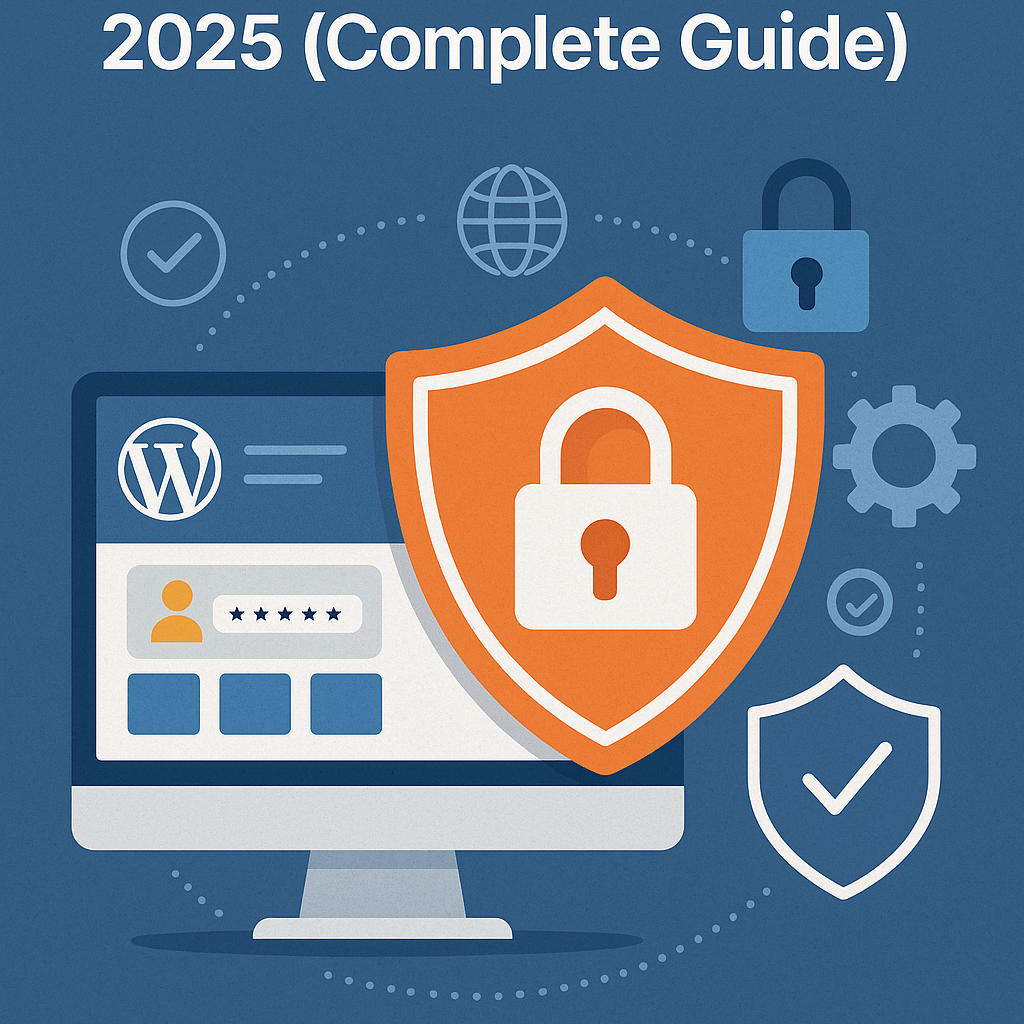
WordPress powers over 43% of all websites globally, making it a prime target for hackers. If you’re wondering how to secure your WordPress website in 2025, you’re not alone. Security isn’t optional anymore — it’s essential.
In this comprehensive guide, we’ll break down everything you need to keep your WordPress website safe from evolving threats.
1. Keep Everything Updated
Keeping your WordPress version, themes, and plugins up to date is the easiest yet most ignored step.
Outdated components often contain known vulnerabilities.
Use a staging site to test updates if you’re worried about breaking things.
Enable auto-updates for minor updates but be cautious with major ones.
Bonus Tip: Subscribe to Wordfence’s Threat Intelligence Blog to stay updated with current vulnerabilities.
2. Use Strong Login Credentials & 2FA
Weak admin passwords are a hacker’s dream. Here’s how to lock the front door:
Use strong, unique passwords (consider a password manager like Bitwarden).
Change the default username from “admin.”
Limit login attempts.
Enable Two-Factor Authentication (2FA).
Recommended plugin: WP 2FA
3. Install a Reliable Security Plugin
A good security plugin provides:
Firewall protection
Malware scanning
Brute force protection
Login activity tracking
Top Plugins for 2025:
Wordfence Security
Sucuri Security
iThemes Security
MalCare (great for beginners)
4. Use HTTPS and an SSL Certificate
SSL encrypts data transfer between your server and users.
Google prefers HTTPS websites (SEO boost!)
Use Let’s Encrypt (free SSL) or purchase from a reliable provider.
Check your certificate at SSL Labs.
5. Limit Admin Access and Use Roles Wisely
Give users only the access they need:
Avoid giving Admin rights unless absolutely necessary.
Regularly audit your users and their roles.
Deactivate unused accounts.
6. Secure wp-config.php and .htaccess Files
Add these snippets to your .htaccess file to harden core WordPress files:
<files wp-config.php>
order allow,deny
deny from all
</files>
<files .htaccess>
order allow,deny
deny from all
</files>
7. Disable XML-RPC if Not Needed
XML-RPC is used by some plugins and apps, but it’s also a favorite attack vector.
Disable it unless your site specifically needs it.
Add this to
.htaccess:
<Files xmlrpc.php>
Order Deny,Allow
Deny from all
</Files>
8. Hide Your WordPress Version
This helps avoid targeted attacks on specific versions.
remove_action(‘wp_head’, ‘wp_generator’);
Also, consider using a security plugin that does this automatically.
9. Backup Regularly (Daily if Possible)
If your site gets hacked, backups are your safety net.
Use tools like UpdraftPlus, BlogVault, or Jetpack Backup.
Store backups off-site (e.g., Google Drive, Dropbox).
10. Monitor Activity and File Changes
Monitor login attempts, file changes, and 404 errors.
Use tools like WP Activity Log or Sucuri.
11. Use a Web Application Firewall (WAF)
A WAF filters out malicious traffic before it reaches your website.
Best Options in 2025:
Cloudflare WAF (Free plan available)
Sucuri Website Firewall
12. Disable File Editing from Dashboard
Prevent attackers from injecting malicious code.
Add this to wp-config.php:
define( ‘DISALLOW_FILE_EDIT’, true );
13. Change the WordPress Login URL
Bots target the default /wp-login.php. Hide it using plugins like:
WPS Hide Login
iThemes Security
Conclusion:
Website security in 2025 is not just about installing a plugin or two — it’s about building a habit of proactive protection. If you don’t have the time or technical know-how, partner with professionals who can set it all up securely.
Need Help?
At Volcone Web Solutions, we help businesses create secure, fast, and future-ready WordPress websites. Contact us to perform a Free WordPress Security Audit and take the first step toward a safer site.
👉 Get Your Free Security Audit
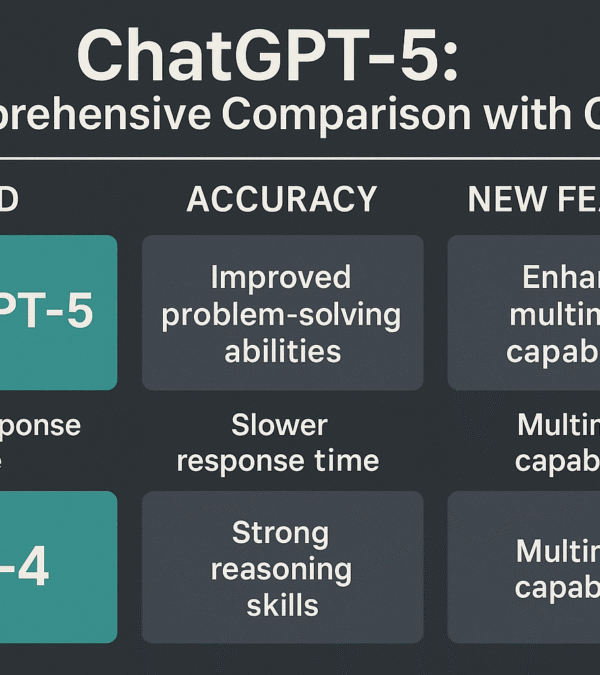
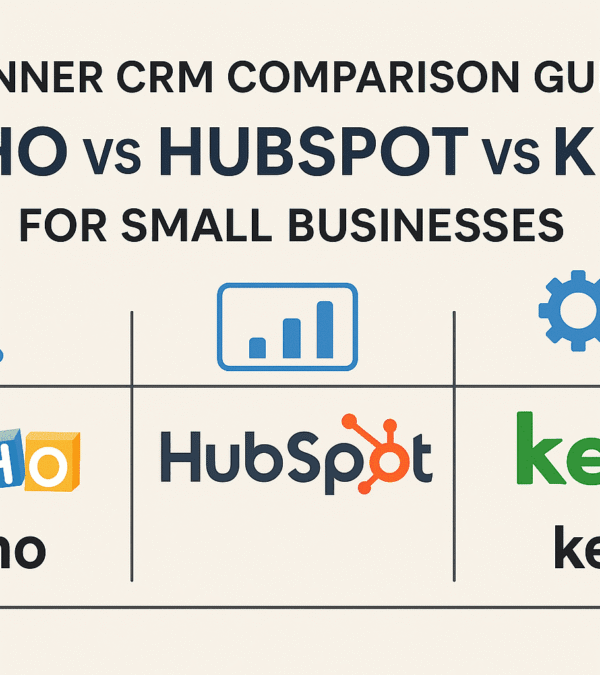




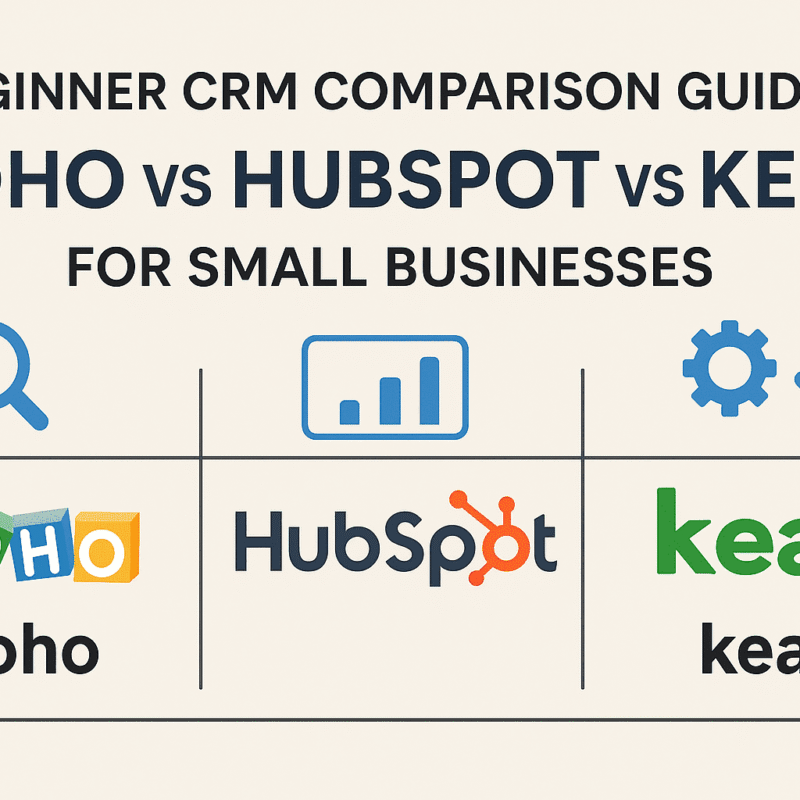

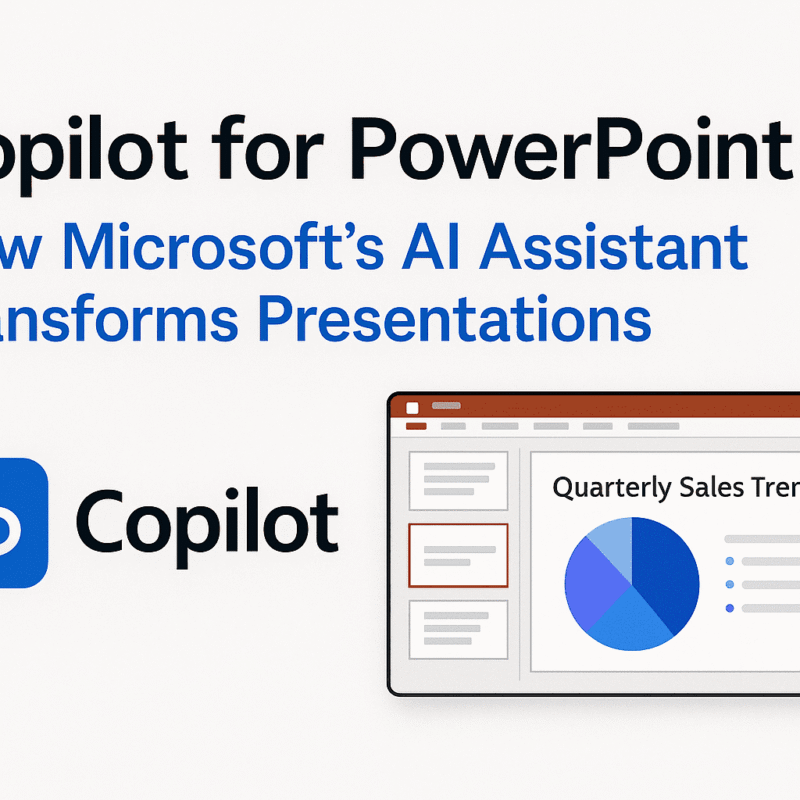
One Comment
How to Secure Your WordPress Website & Reduce Bounce Rate with Speed and UX Improvements - CodeScaleUp – Web Development, Tech Tools & Website Optimization Tips
[…] How to Secure Your WordPress Website & Reduce Bounce Rate with Speed and UX Improvements How to Secure Your WordPress Website in 2025 (Complete Guide) How to Build a Blog Using PHP and MySQL [Complete Step-by-Step Guide for Beginners] Mastering […]